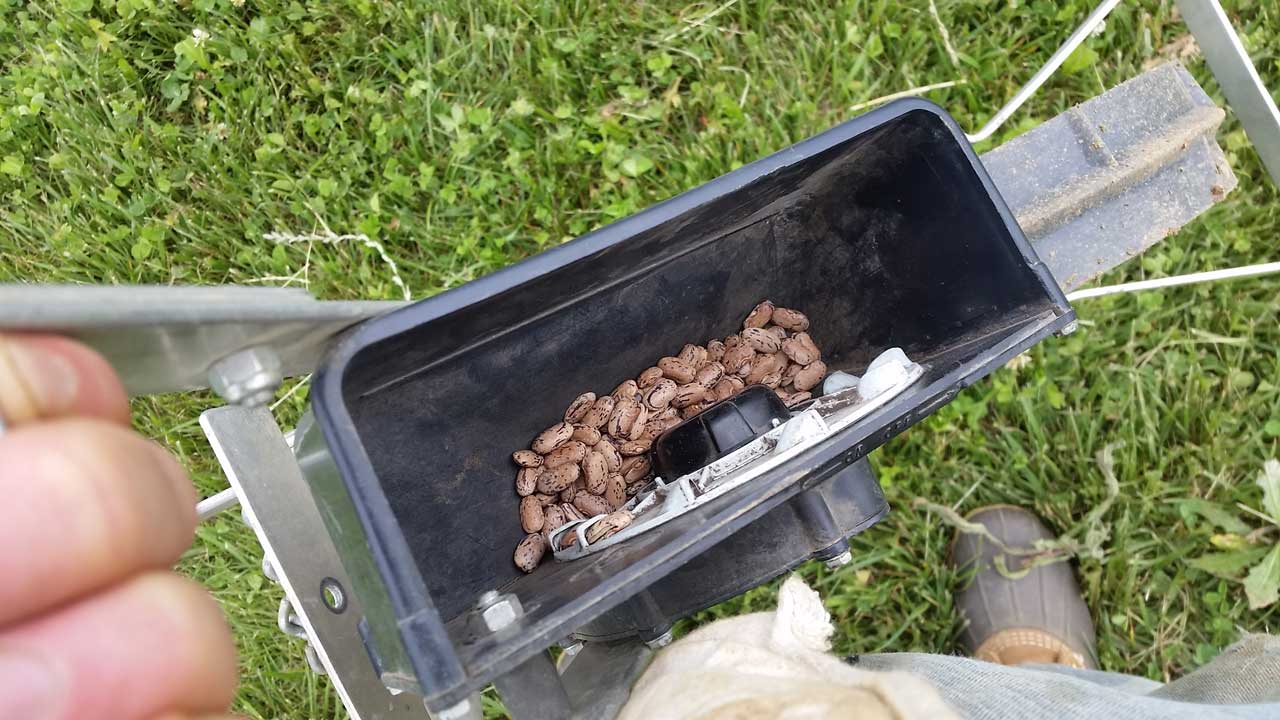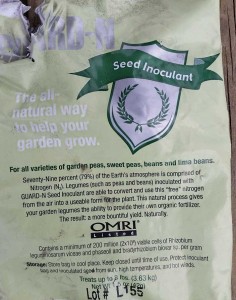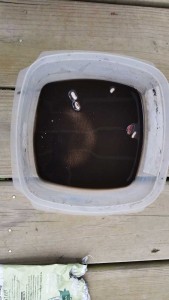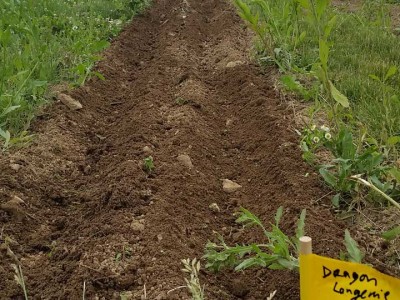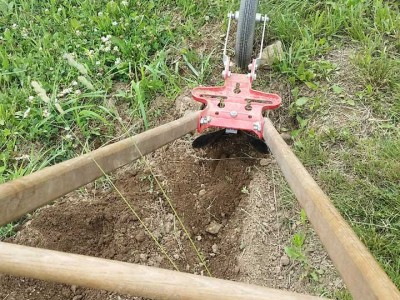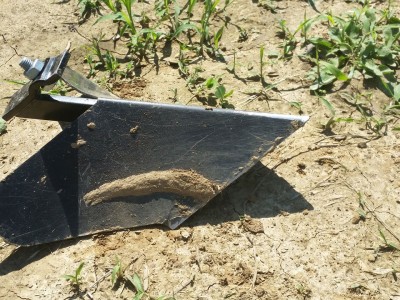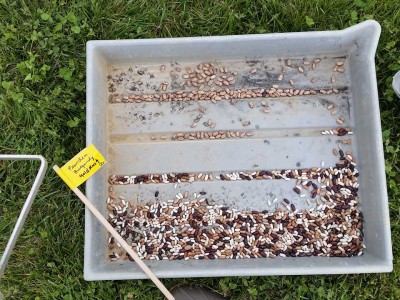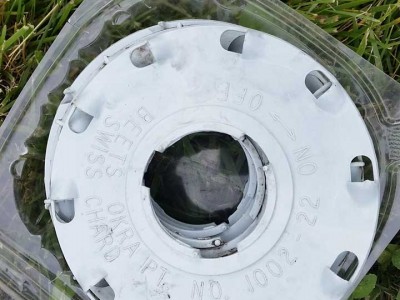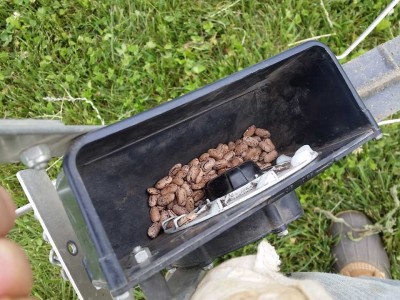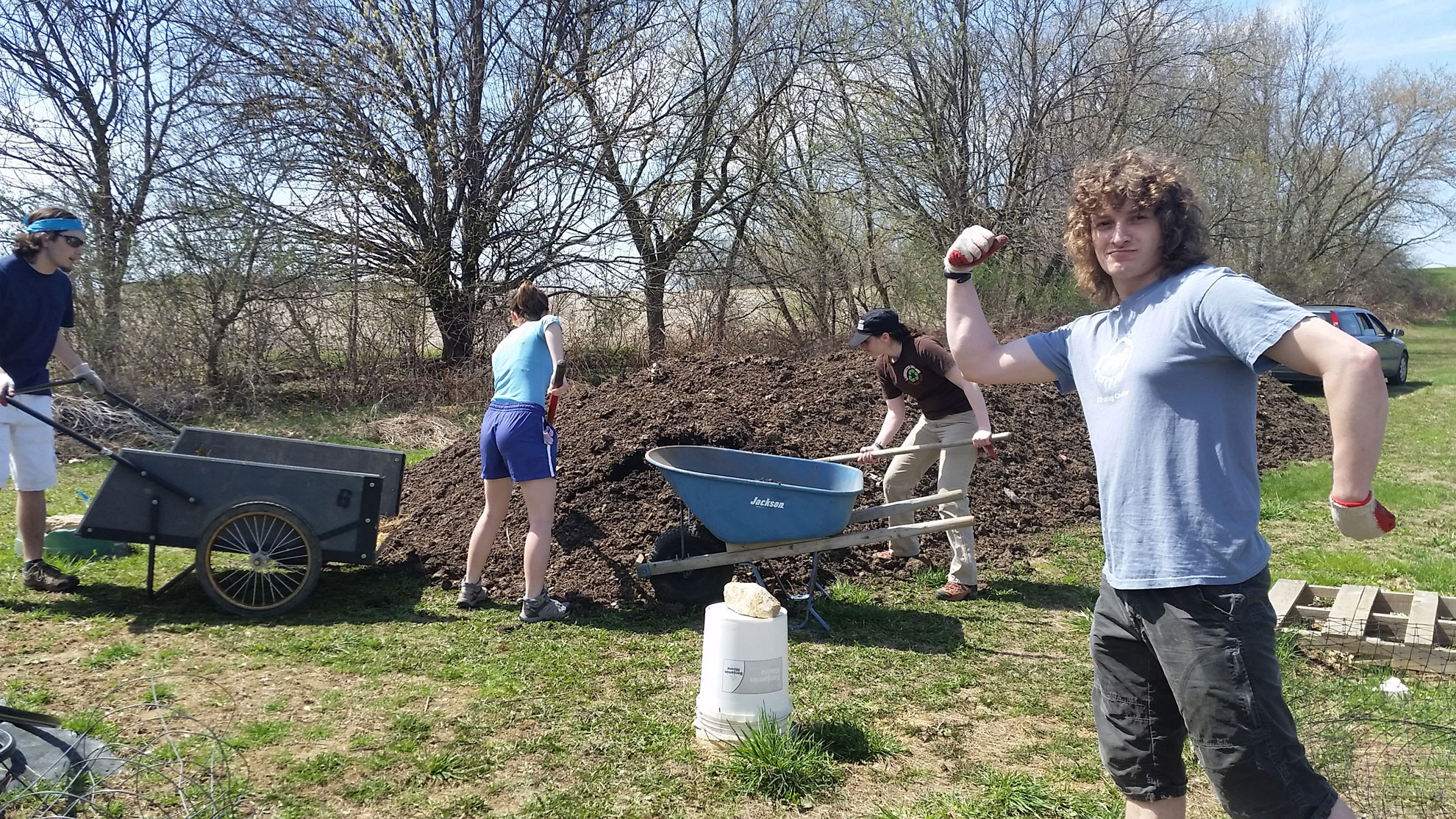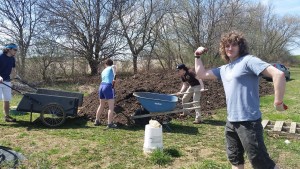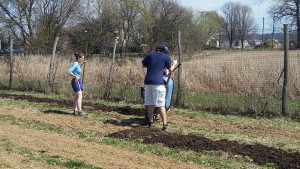June 17th 2015
Hello farmers out there! I’m back to LaFarm for another summer, and have had my hands in the dirt quite a bit already. To best capture the spirit of the season (a very goal-oriented, don’t-stop-working-all-day-and-there’ll-be-plenty-of-work-left-anyway spirit,) I’m going to be writing about a season appropriate topic: planting beans!
Late summer beans need to be planted around early to mid June, as we did ours just last week. For this process, you need a single row direct seeder (we used an old EarthWay vegetable Seeder,) something to furrow with (we used a wheel how with a furrow attachment,) the beans you want to plant, and potentially some organic seed inoculant.
Beans, like all legumes such as peas and certain types of clover, grow nitrogen nodules on their roots to leave in the ground, which boosts the nitrogen in soil tremendously. This is why farmers really like legumes as cover crops and designing crop rotations that have nitrogen intensive crops like corn following legumes. Seed Inoculant facilitates beans’ conversion of in-air nitrogen into these nitrogen nodules, increasing the nitrogen fixing effect even further! This makes it useful to use innoculant. To use seen inoculant, you actually create a bath of the stuff and soak your beans in them a bit before you plant.
The next thing you must do is prepare the bed. We used a freshly-tilled, 100′ long, 3′ wide bed, and we knew we wanted 2 rows of beans in the bed. So, we took our trusty wheel hoe with a furrowing attachment and ran it down the length of the row twice, 1′ from each end of the bed (and the other furrow.)
- Our completed furrows, all ready for seeding
- The trusty wheel hoe, shown here at the end of a furrow
- Shovel/furrow attachment for Wheel Hoe
Once you have inoculated your beans and furrowed your bed, you need to get your seeder ready. Make sure you have the correct sized disc for beans in your seeder before you start loading the beans into the seeder!
- Our beans, already soaked with inoculant and ready to go in the ground!
- The different sizes of wheels for the seeder, each labelled with what seeds they will work with
- The seeder, loaded with some Dragon Langerie Beans
From here, you need to only take the seeder and run it down the furrow, keeping as straight as possible. Most modern seeders are designed to cover the seeds right after they come out of the dispenser and then compact the soil over them, but if your seeder does not you will need to go down the furrow after you’ve planted and cover your seeds by pulling dirt from the furrow over top of them.
Hope this helps, and happy farming!
Joe Ingrao, Summer 2015 EXCEL Scholar
